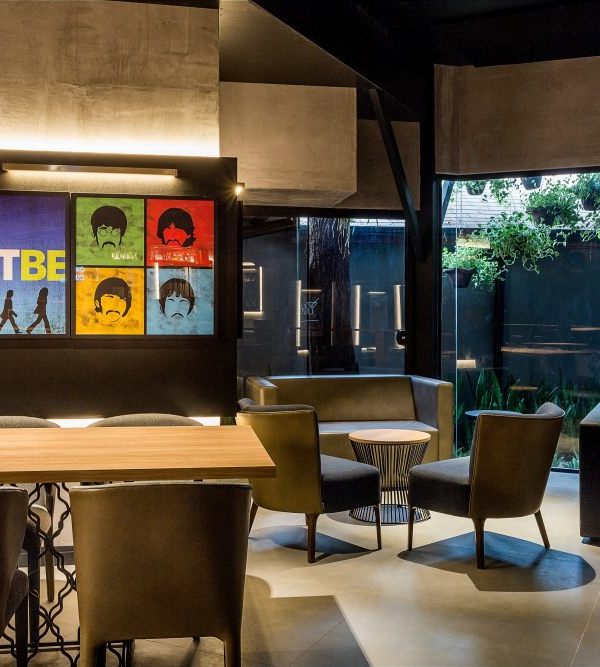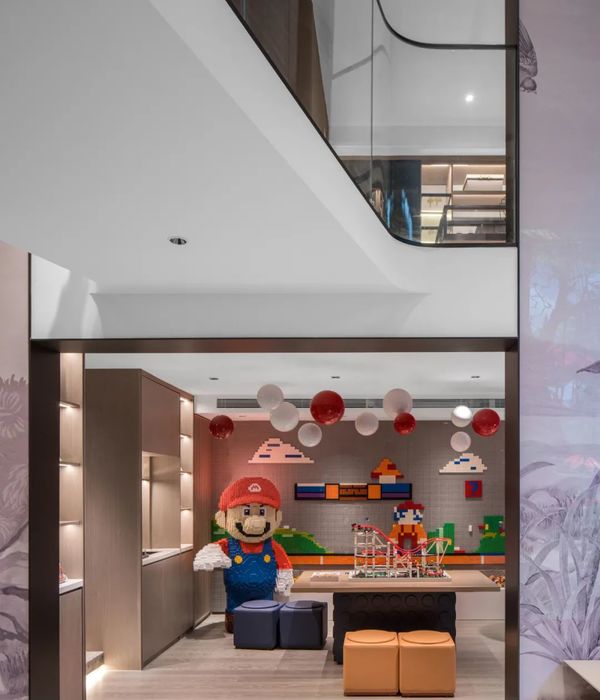The core idea that formed the project was that temporary architecture is pretty much close to nomad architecture. We wanted to highlight it’s temporary, ephemeral nature. From the day one we knew that it should be light and should seem kind of fragile, with no walls or hard barriers as constructive elements.
In our work we use multiple references. From Bedouin tents, as an example of traditional nomad architecture, to works of Russian constructivists, early works of Renzo Piano and many others. Those references may not be clearly recognizable at the first sight, but they’ve heavily influenced our work. We’ve envisioned a light external bearing structure that works on its limit and used a PVC membrane as a cover.
As it is a temporary structure we thought that we could deal with the location in an easier manner. The Garage Museum of Contemporary Art designed by OMA is very dominant on the square. We knew that our project should not be “noisy” but at the same time it should be “bold”.
We tried to highlight its function by showing the contour of the amphitheater on the facades - the ceiling membrane goes up, towards the screen inside creating a recognizable silhouette. Maybe it is not immediately recognizable as a cinema but its spatial solutions should give a hint that there's some kind of auditorium inside.
The design phase was completed and everything was ready for the construction when the pandemic raged the world, so we couldn’t really improve the design. But fortunately our design had very useful advantages in these circumstances: the pavilion has 4 entrances which allows it to organize the flow, due to structural peculiarities and the tension of the membrane, the pavilion has natural ventilation. The only thing that has changed was the number of the seats. The auditorium was meant for 450 visitors now its capacity is 250 for social distancing reasons.
▼项目更多图片
{{item.text_origin}}












